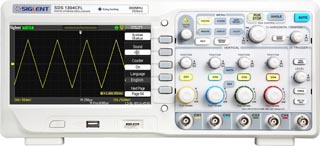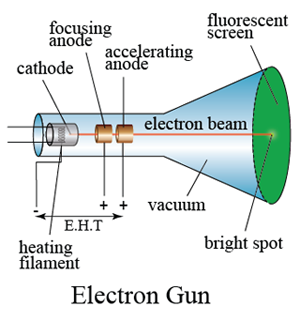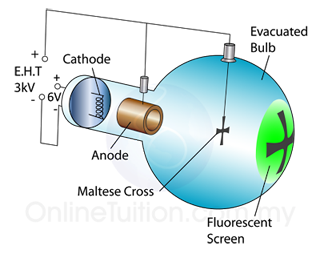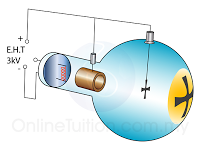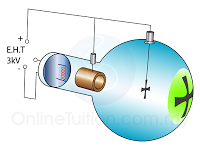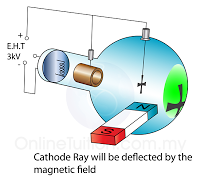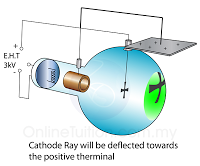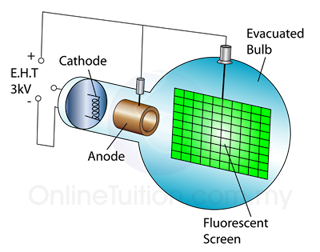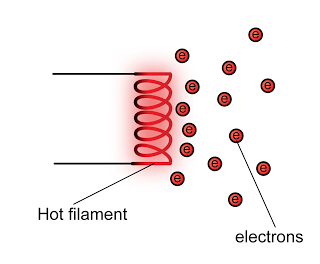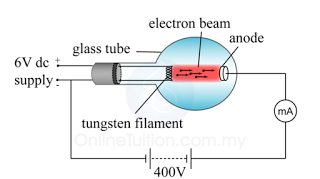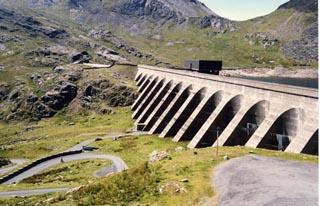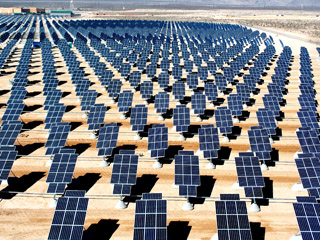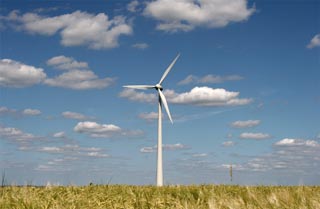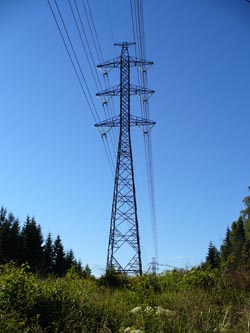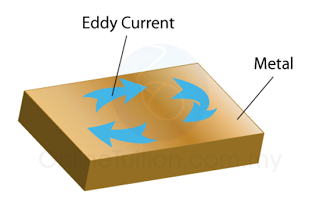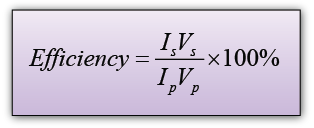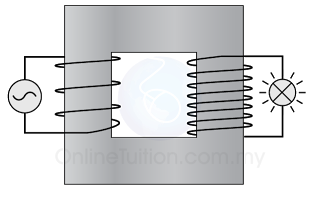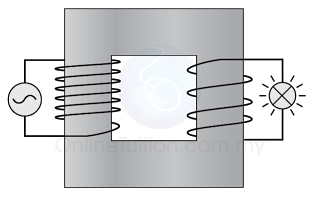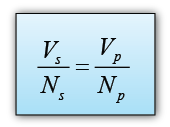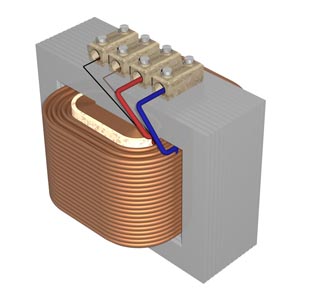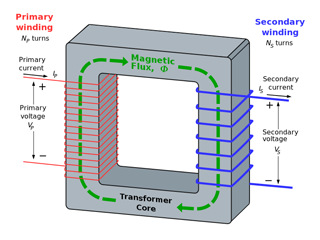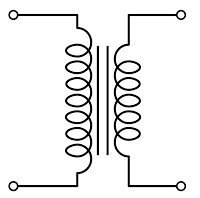1. The heating effect of current in a coil.
Power is lost as heat I
2R whereby I is the current flowing through the coil and R is the resistance of the coil
Methods to increase the efficiency
Use thick copper wires of low resistance. Use coolant to decrease the temperature of the transformer.
2. Heating effect of induced eddy currents
In the iron core. When the magnetic field in the iron core fluctuates, eddy currents are generated in the iron core.
Methods to increase the efficiency
Use a laminated iron core whereby each layer is insulated with enamel paint to prevent the flow of eddy currents. The high resistance between layers of the iron core decrease the prevalence of eddy currents and heat.
3. Magnetization of the Iron Core.
The energy used in the magnetization and de-magnetization of the iron core each time current changes its direction is known as hysterisis. This energy is lost as heat which subsequently heats up the iron core.
Methods to increase the efficiency
Use a soft iron core that is easily magnetized and de-magnetized.
4. Flux leakage.
Some of the induced magnetic flux from the primary coil is not transmitted to the secondary coil, therefore the e.m.f in the secondary coil is decreased.
The secondary coil(windings) are intertwined tightly with the primary coils. The iron core should form a closed loop.
Methods to increase the efficiency
The secondary coil (windings) is intertwined tightly with the primary coils. The iron core should form a closed loop.

